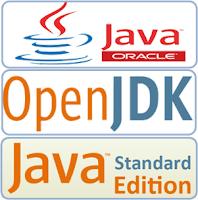Configuring Spring Boot Application with Maven
You can build and manage your Spring Boot applications with Maven or Gradle. In this article we will explore the basics of maven configuration for Spring Boot applications. When we generate a Spring Boot application with Spring Initializr or Spring Boot CLI, a template Spring Boot project is generated for us having the selected dependencies. Let's examine the sections of the generated pom.xml. 1.Parent Pom In the heart of Spring Boot is inheriting the defaults from predefined configurations and that is the usage of starter pom files. A starter pom file includes convenient dependencies and versions in sync for your application; and when you import that starter you would automatically have the dependencies defined in that starter pom file. <parent> <groupId>org.springframework.boot</groupId> <artifactId>spring-boot-starter-parent</artifactId> <version>2.0.3.RELEASE</version> <relativePath/> </parent> In...
